Crepe Myrtle
Lagerstroemia indica, more commonly known as the Crepe Myrtle, is bursting into bloom all over Melbourne. They are a multi-stemmed deciduous tree which grows well in full-sun.
The bare trunk is a feature in itself, being smooth & having pinkish-grey mottled spots. The summer/autumn flowers come in pink, white, mauve & carmine. 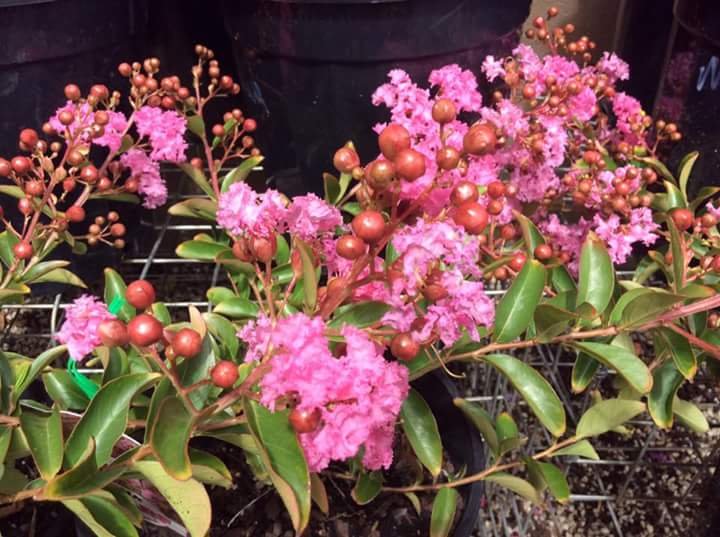 Where to plant Crepe Myrtles
Where to plant Crepe Myrtles
Crepe myrtles have many landscape applications. Planted together, they create a large deciduous fence or screen. A single tree can create a distinctive focus, and the pair framing the front door greets visitors with a warm southern greeting.Be sure to select the right size for your needs. Large types need space for growth without encroaching on buildings, power lines or paths. The average size, which will grow from 12 to 15 feet, is ideal for a small courtyard or garden. The choice of gnomes looks great in large containers, plantations of the basement and even included in perennial beds. In addition, remember that myrtle-like creams love the sun. The volume of flower production is significantly reduced in a light shade, and a full shade can prevent flowering in general... 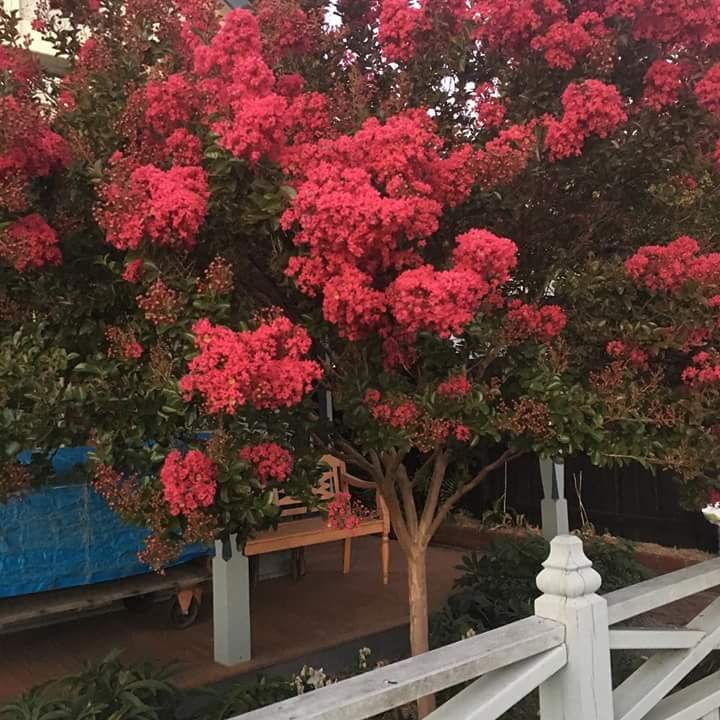 How to Plant Crepe Myrtles
How to Plant Crepe Myrtles
Late fall to early spring is the best time to plant. But a lot of folks buy and plant their crepe myrtle in summer because they select it while it is blooming. That works too, but watering well during the summer months is crucial to transitioning it into your garden. No matter when you plant, water your crepe myrtle well before putting it in the ground. 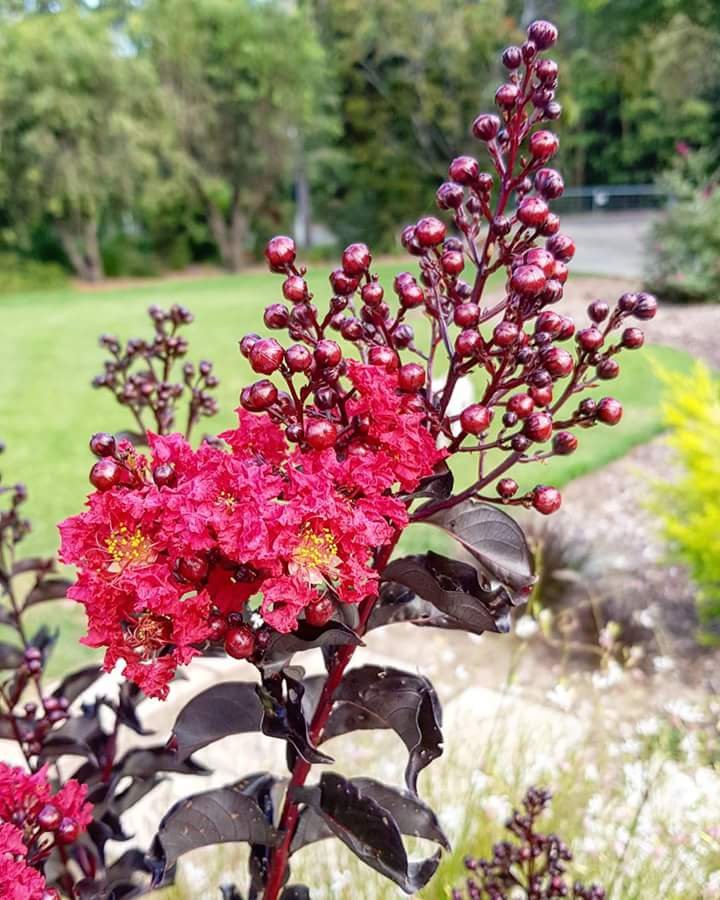 This will help it take up water after planting. Mulch to conserve moisture and keep down weeds. Apply a fertilizer such as Schultz Starter Plus Transplanting Solution or Vigoro Starter Fertilizer as recommended on the label.
This will help it take up water after planting. Mulch to conserve moisture and keep down weeds. Apply a fertilizer such as Schultz Starter Plus Transplanting Solution or Vigoro Starter Fertilizer as recommended on the label. 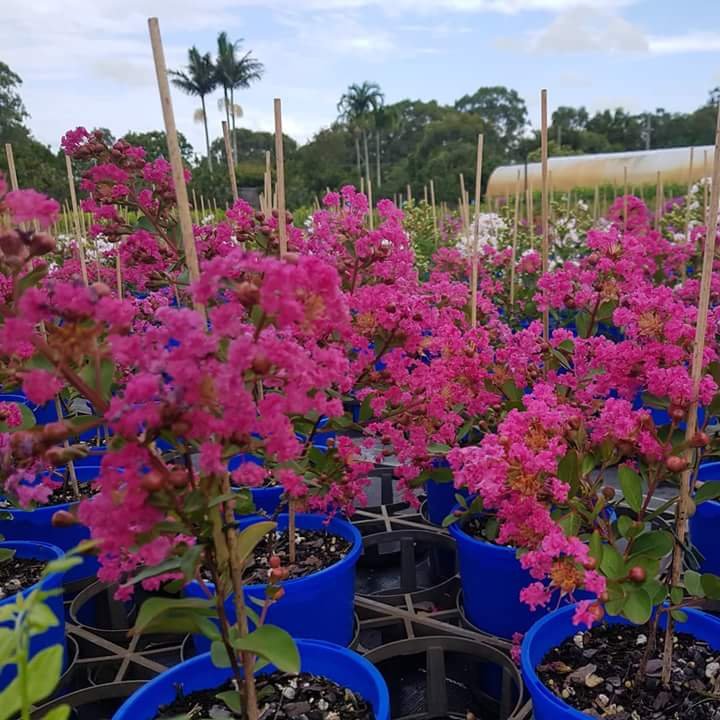 Troubleshooting Common Crepe Myrtle Problems.As soon as crepe myrtle leaves unfurl, look for aphids. Their sugary excretions causes sooty mold. This covers the leaves, making them look black and unattractive; a bad infestation will eventually turn leaves yellow and may hinder blooming.
Troubleshooting Common Crepe Myrtle Problems.As soon as crepe myrtle leaves unfurl, look for aphids. Their sugary excretions causes sooty mold. This covers the leaves, making them look black and unattractive; a bad infestation will eventually turn leaves yellow and may hinder blooming. 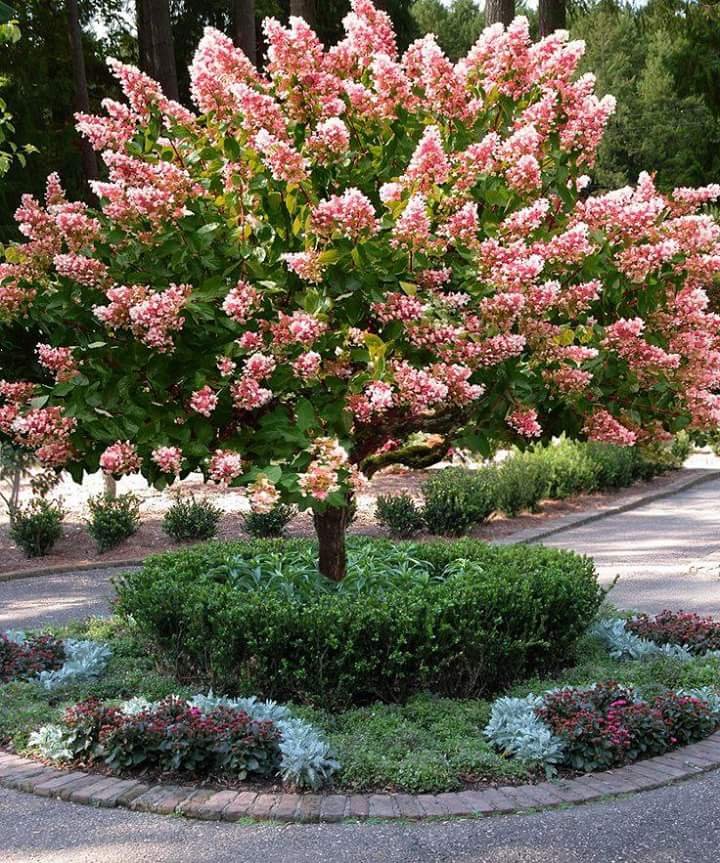 Control these pests by spraying with insecticides that target aphids (such as malathion, diazinon, or ultra-fine horticultural oil) in the summer as soon as they appear. Spray both sides of the foliage thoroughly, and be sure to get the tips of new shoots and flowerbuds. Repeat this treatment as necessary.thanks to sharing for your good post.my dear friend..very well done.. @ctrl-alt-nwo
Control these pests by spraying with insecticides that target aphids (such as malathion, diazinon, or ultra-fine horticultural oil) in the summer as soon as they appear. Spray both sides of the foliage thoroughly, and be sure to get the tips of new shoots and flowerbuds. Repeat this treatment as necessary.thanks to sharing for your good post.my dear friend..very well done.. @ctrl-alt-nwo
You are viewing a single comment's thread from:
Magoo-2 found a series of multi accounts of a same owner is following your articles to cheat your generous rewards.
Magoo-2 found these accounts are suspicious & can be multi accounts of a single owner. Conclusion is based on last 30 days transactions:
@timuann
@rahulsen
magoo-2
Check our latest multi comment spam update report
you tell wrong.because It is not good to comment on other people without thinking about it. @magoo-2